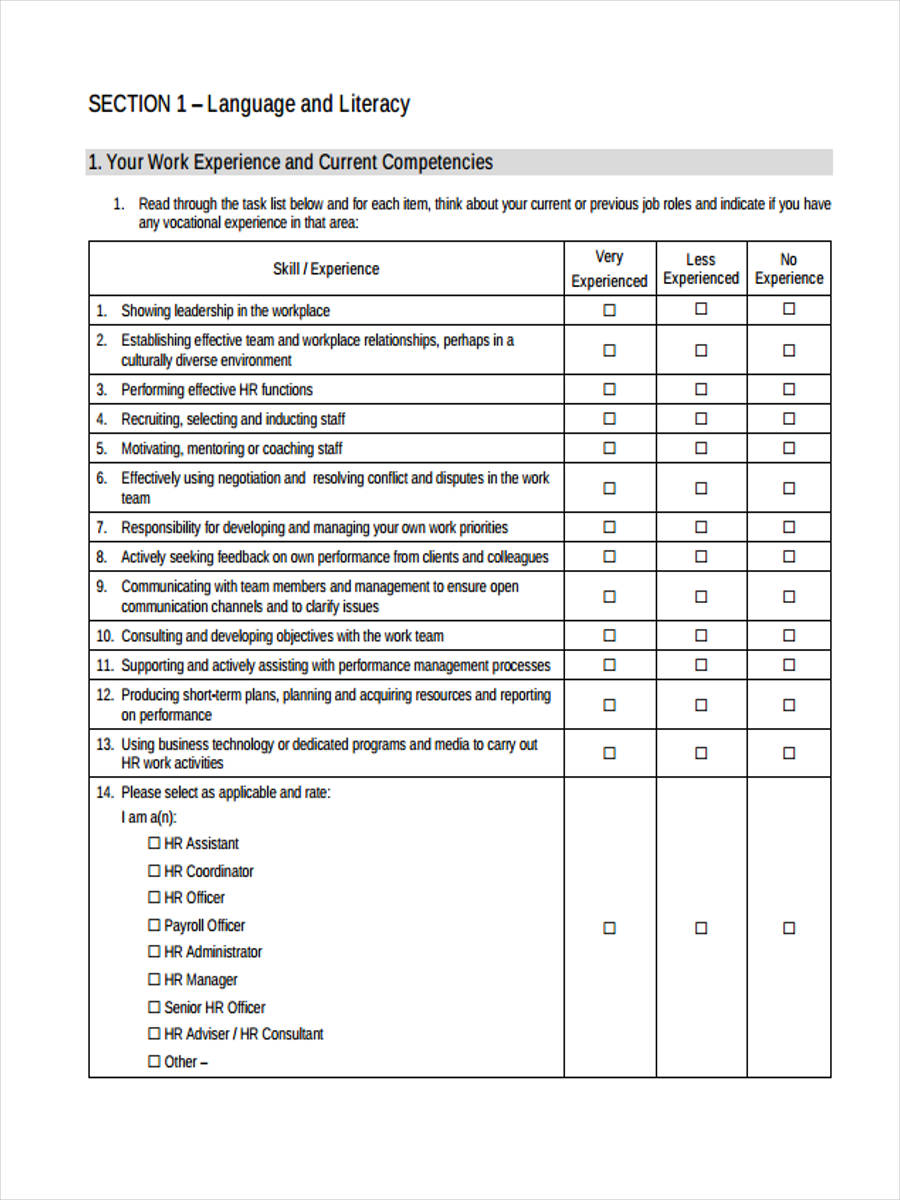

Multimedia Theory Modality Principle Dual-coding Theory Split-Attention Principle Redundancy Principle (Mayer & Moreno, 1998)Īpplying the OnCourse Model Examination of: Course Objectives Chapters Presentation Modules Theoretical Framework Cognitive Apprenticeship Multimedia Theory Ĭognitive Apprenticeship Traditional Master-Apprentice Relationship Situated Cognition Instructional Methods in Cognitive Apprenticeship Vygotsky’s Zone of Proximal Development
ONCOURSE SELF ASSESSMENT HOW TO
OnCourse Model Teacher Training Provides online instructional materials that explain how to adapt traditional classroom curriculum for the online environment Provides these instructional materials as both self-contained learning modules, and as just-in-time job aids Provides tools and resources for creating pedagogically sound online curriculum and Provides tools and resources for developing alternative learning objects from existing classroom materials. Purpose Provide a guide for faculty to use in moving their lecture-based, face-to-face courses to an online environment. Why the OnCourse model? Who needs it? Instructors without online teaching experience Why? Growing demand for online courses Targeted specifically at instructors of sequential introductory courses (Biology I & II, Algebra I & II) Mendoza Additional authors: Tatiana Abras Brian Ditmer Scott Slaton OnCourse Instructional Design Model for the Development of Online Courses Presented by Linda Barril Heather D.


 0 kommentar(er)
0 kommentar(er)
